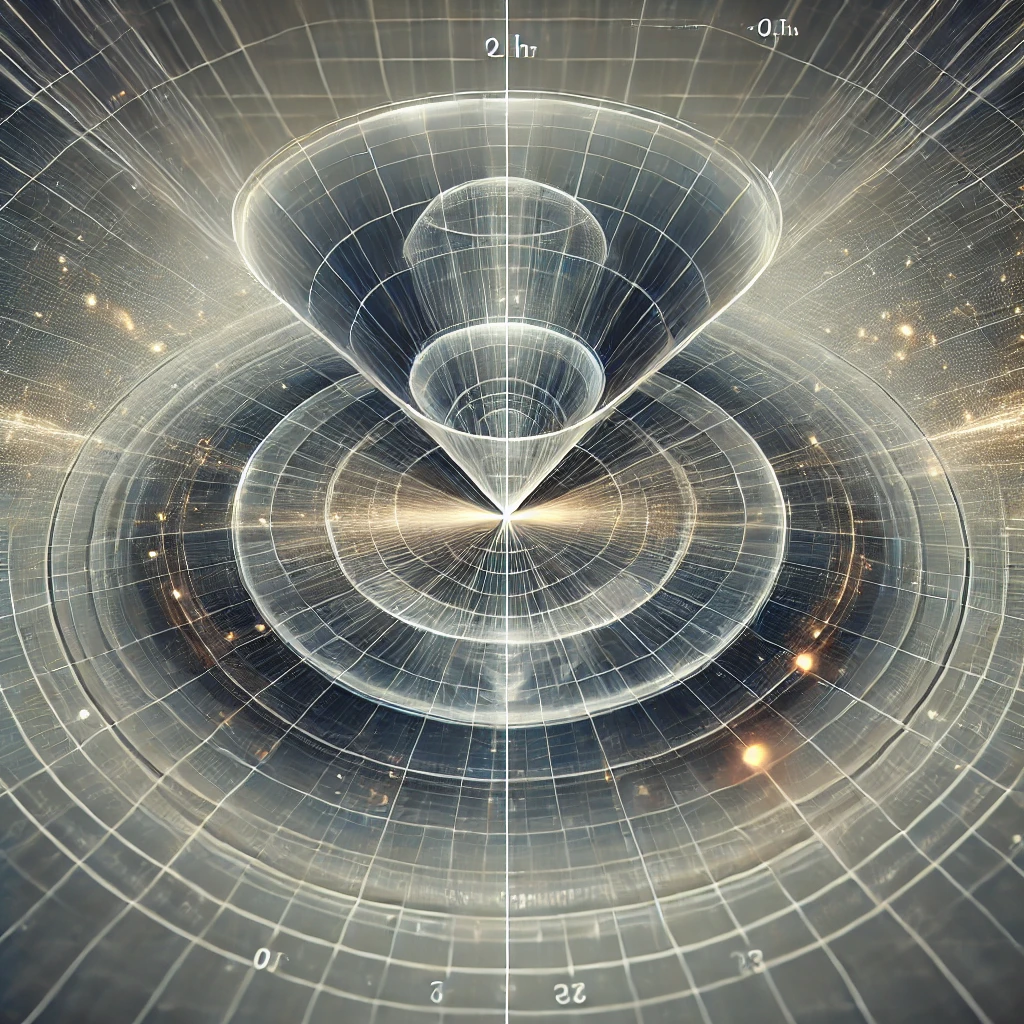Physics WOW: Perspective
WOW is a concept that allows us to reshape how we view scalar and dynamic transformations. It introduces the ability to visualize systems from various perspectives and scales, enhancing our understanding of complex interactions.
What is WOW?
WOW involves seeing from different vantage points within a system. It helps us visualize transformations and interactions from multiple angles, just as rotating a 3D object offers new views. WOW shifts how we interpret relationships between objects, vectors, and fields.
This shift introduces the idea of relative positioning. Systems behave differently depending on how they are observed, and WOW helps us view these behaviors more fully by offering multiple vantage points.
WOW Perspective: The Art of Dynamic Views
The WOW Perspective transforms how we interact with dynamic systems like 2T Dynamic Video. By aligning with the observer's field of view, it highlights real-time changes in energy, motion, and time. This perspective-centric approach aligns volumes.
Key Principles
- Dynamic Perspective: The system adjusts dynamically to changes in the observer’s movement and focus.
- Field of View Centering: Objects and energy flows within the visible frame are prioritized, with peripheral elements fading.
- Perspective as Data: Perspective becomes a tool for interpreting spatial and temporal interactions.
Applications of WOW Perspective
- Visualization Tools: Create engaging, dynamic models for scientific research and education.
- Real-Time Interaction: Adapt interfaces to user movements, improving usability and engagement.
- Educational Frameworks: Use perspective to simplify and visualize complex topics.

“Perspective is more than a viewpoint, it's a definable lens through which we see dynamic systems in action.”
Compression of WOW Perspectives
WOW compression merges multiple perspectives into a streamlined and unified view. Each viewpoint reveals unique aspects of scalar and vector data, but when combined, overlapping or irrelevant information is filtered out. This process focuses on significant interactions and compresses the system into an essential dataset.
By combining WOW perspectives, the system becomes clearer and more efficient to analyze. For example, observing from different angles reveals hidden forces or relational dynamics. WOW simplifies this into a cohesive whole, offering only the most relevant information.
WOW compression acts like a multidimensional filter, retaining only the vital data for further analysis. It’s especially useful in multidimensional systems where one perspective might obscure critical interactions. By rotating through angles, WOW ensures nothing is missed, while still compressing the overall data into manageable insights.
How Does WOW Work?
WOW allows you to rotate or shift your view of scalar and vector data. In a typical scenario, you’re not only seeing an object’s motion but also its trajectory, force, and influence from every possible angle. WOW introduces multiple viewpoints in the Chroma system:
- Global View: Viewing a system in its entirety, including all scalar layers and transformations.
- Local View: Zooming in on specific areas to analyze micro-level interactions.
- Time-Lapse View: Shifting through time to see how interactions evolve across different perspectives.
Why Perspective Shifts Matter
Perspective shifts can reveal dynamics, interactions, or forces that aren’t always visible from a single viewpoint. These shifts provide insight into:
- Hidden Interactions: Connections that seem unrelated from one perspective may become apparent when viewed from another.
- Complex Movements: Rotating a system may expose hidden motions or forces, offering deeper insights into system dynamics.
- Layered Data: WOW allows us to stack and align different layers of data, building a cohesive model from various perspectives.
Where to Go Next
Next, explore WI: Range and Influence, where you’ll learn how scalar layers and vectors influence one another across varying distances and how this affects system behavior.
Click the link below to continue:
Explore WI: Range and Influence